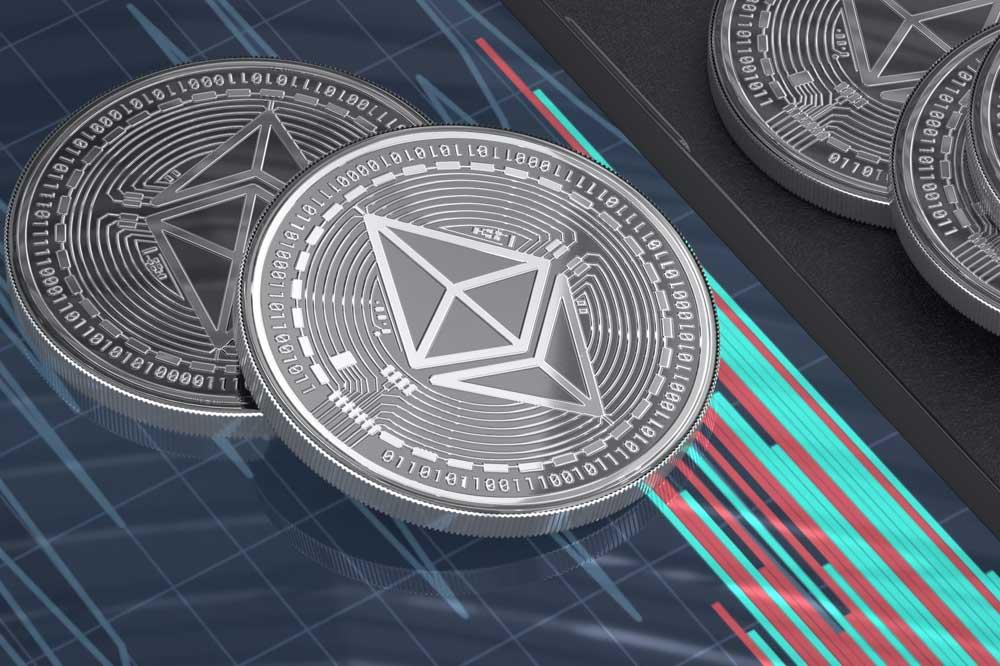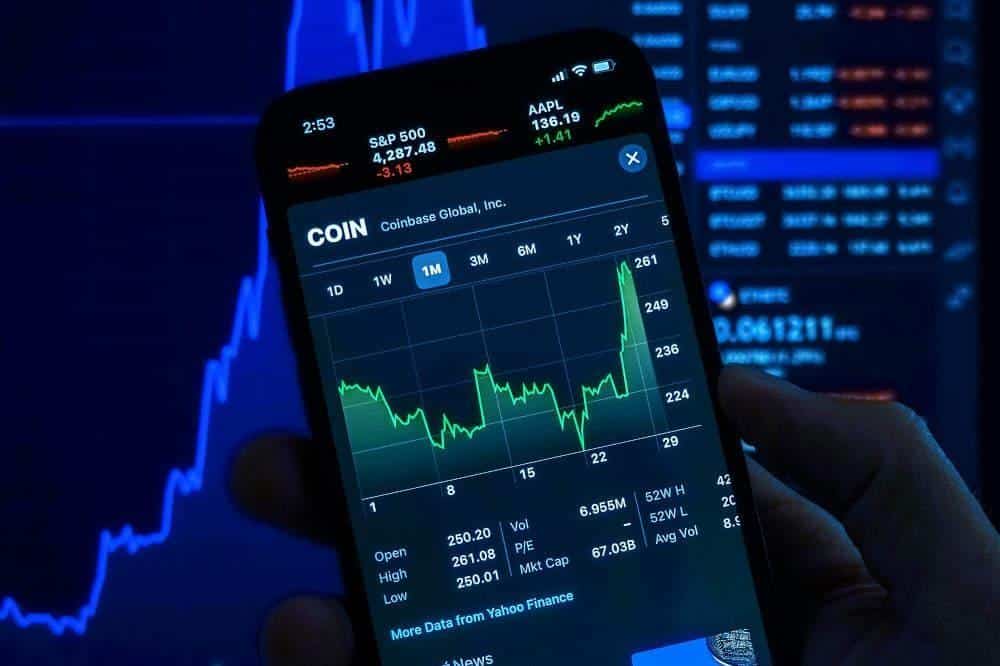The world of cryptocurrencies can intimidate investors, especially those unfamiliar with blockchain technology and smart contracts. One prominent concept in the crypto space that has drawn investors is the ERC20 token standard.
In this post, we’ll be covering everything you need to know about the ERC-20 token standard. We’ll also be going over how it fits into the crypto space.
Many crypto investors love the convenience of quick cross-border payments, seamless online shopping, or playing at the best crypto casino. But a ton of new digital currencies have flooded the market.
This means that investors need to be careful when choosing what cryptocurrency to invest in.
Considering the recent Squid Games cryptocurrency scam, investors must research before investing.
That’s where we come in! Read on as we unpack everything you need to know about ERC20.
What Is ERC20?
ERC20 is an official protocol suggesting improvements in the Ethereum (ETH) network. ECR is the acronym for Ethereum Request for Comment, while 20 refers to the proposal identifier on the platform–a common standard for creating new tokens on Ethereum’s blockchain network.
This standard is important in defining rules that apply to all tokens. It helps all ERC20 tokens to interact with each other. All compatible crypto wallets and exchanges use this ERC20 standard to integrate different tokens onto their platforms.
This helps them to ease exchanges between different ERC20 tokens and other cryptocurrencies.
ERC20 is a scripting standard that is used only within Ethereum’s blockchain. This technical standard outlines the actions and rules that an Ethereum token or smart contract must follow. It also details the steps that make its implementation possible.
The best way to think about ERC20 is that it is a set of basic functions and guidelines that all new tokens created on Ethereum’s network must follow.

Characteristics Of ERC20
- Ethereum: ERC20 tokens are deployed on the Ethereum blockchain network.
- Smart Contracts: the tokens’ function is regulated through smart contracts. This removes the need for third-party intervention. With smart contract technology, the code executes when the conditions or rules are satisfied.
Contents Of The ERC-20 Standard
ERC20 has many functions that any compliant token should implement. These functions are:
- Total Supply: provides vital information about the total supply of the token.
- Balance Of: provides the account balance of the owner’s account.
- Transfer: executes transfers of a specified number of tokens to a specific address.
- Transfer From: executes transfers of a specified number of tokens from a specific address.
- Approve: enables a spender to withdraw a specific number of tokens from a nominated account.
- Allowance: returns a specific number of tokens from a spender to the owner.
In addition, the functions mentioned above may also trigger one or two events that include:
- The transfer event takes place at the instance of a token transfer.
- The validation/approval event is activated whenever approval is required.
What Is An ERC20 Token?
An ERC20 token is a blockchain-based asset with similar functionalities to Ether and Bitcoin. This means that it can hold value and can be sent and received.
A key difference between ERC-20 tokens and other cryptocurrencies is that the tokens are created and hosted on the Ethereum network. In contrast, cryptocurrencies like Bitcoin are the native currencies of their respective blockchains.
ERC20 tokens are stored and sent using Ethereum transactions and need gas for transaction fees.
Dynamics Explained
The token standard is a blueprint for users who want to create fungible tokens compatible with the broader Ethereum network. Ethereum is a cryptocurrency that allows users to create various applications–including tokens–that don’t need intermediary services to function.
The token standard has thrived in the crypto ecosystem, with many popular tokens like Stablecoin, Tether and Chainlink being prime examples. While anyone can make ERC20 tokens, tech-focused companies have devoted time and resources to creating them.

Every token has its specific utility. This includes giving users the right to vote on decisions that will impact the future of a specific project or rewarding users with performing specific tasks.
ERC20 tokens are usually sold through a variety of offerings. This is done so that the projects can generate funds for early-stage development.
ERC20 is great since it standardises the core functionality of every single token created. All tokens that use this framework will be interoperable with each other. These tokens will be compatible with all ERC20 services, such as MyEtherWallet and MetaMask.
Common Issues
- Smart contract creation: Smart contracts are essential in determining the token’s total supply, how that supply is distributed, and the issuance schedule. They also manage vital functions, such as querying holder balances and facilitating token transfers.Writing these smart contracts can be complicated and time-consuming and requires an expert team of developers. This can be costly and devastating if the smart contracts are incorrectly coded.
- Support from wallets and exchanges: Creating tokens without well-integrated standards like the ERC20 framework means extra work is needed to make them compatible with third-party services like crypto wallets and exchanges.
What Can Users Do With ERC20 Tokens?
- Crowdfunding: Ethereum app creators may decide to raise funds for their projects through crowdfunding initiatives. Investors will receive newly minted tokens before the official launch at discounted prices.
- Voting rights: tokens can be used for voting on project decisions. It is often the case where the more tokens a user has gives, the greater influence over each election.
- Represent physical objects: A token can represent ownership of physical assets like gold or silver.
- Transaction fees: Every Ethereum transaction can pay a fee, including token transactions. If the network is congested, a fee–referred to as gas–can increase the transaction speed. The fee is deducted from that user’s total token value.
- New features: Creators sometimes require tokens as payment for new features, but the native token on Ethereum, ETH, is not enough to meet their needs. Considering this, they create a new token with the specific functionality they need.

Benefits Of These Tokens
Now that we have a gist of these tokens let’s look at some of the major benefits of using them.
ERC20 tokens are convenient when considering their interoperability within the crypto ecosystem. To understand how robust the token’s interoperability is, it’s best to look at how different things could be without it.
Imagine if token creators started making their tokens with their unique functions and attempted to make them interoperable with like-minded creators who made different tokens–that would be a nightmare of epic proportions. That’s without considering storing these tokens in crypto wallets and listing them on crypto exchanges.
There is a possibility that transferring tokens could lead to broken contracts and make them vulnerable to awaiting hackers.
The beauty of having proper ERC20 standards in place is that it provides a structured blueprint that token creators can follow. It becomes much easier for token creators to develop ERC-20 tokens instead of creating them from scratch.
Another critical component for the valuation of the Ethereum network is the liquidity of these tokens. When projects built on Ethereum’s blockchain network are active and interact with each other, it attracts more projects and developers.
This is the perfect ingredient for a thriving crypto community.
The State Of ERC20
It is estimated that there were over 900 active projects based on the ERC20 token standard with over 350,000 token contracts. Some of the most notable crypto projects that were developed using the ERC20 framework include:
- Tether (USDT)
- Chainlink (LINK)
- Binance Coin (BNB)
- USD Coin (USDC)
- Wrapped Bitcoin (WBTC)
- Dai (DAI)
Sending Process Uncovered
Before sending these tokens, the first thing to understand is that all Ethereum wallet addresses are compatible with the tokens. But your crypto wallet provider needs to permit you to access the token balance.
While some crypto wallets support Ethereum addresses, there may be restrictions on viewing the associated tokens with that address.

Once you have clarified that information, sending them tokens is easy. You must type or copy/paste the recipient’s Ethereum wallet address, specify the amount, and send. ERC20 tokens can be sent from one of two places.
The first is from a crypto wallet that operates from a centralised exchange, such as Coinbase or Binance.
The second is through a software wallet, a hot wallet like MetaMask or TrustWallet.
When sending tokens, you need to consider the gas fees for the transaction. Users pay these transaction fees to miners so that their transactions can be included on the blockchain. Gas prices can become inflated if you’re executing transactions during peak hours.
You can look at platforms like Eth Gas Station for real-time gas prices.
Receiving Process Explained
You may be a token creator and came across an Ethereum project that caught your eye. What next? Well, you want to receive some of that project’s native token. If that’s the case, you must first research compatible crypto wallets to ensure that it supports ERC20 tokens.
Not only must that crypto wallet support these tokens, but it should also list the specific token you want to receive. This is important if you’re going to receive airdrops. Airdropped tokens are obscure digital assets not listed on crypto exchanges.
For receiving purposes, we recommend using established crypto wallets such as MyEtherWallet (MEW) or MetaMask. These platforms are sure to accommodate your request for ERC20 tokens. Before opening your account on either of these ETH wallets, you must understand that these are self-custody wallets.
Those platforms will store your private keys on your devices, and it is your responsibility to store your seed phrase. This is a random 12-word phrase that is required if you lose access to your crypto wallet or forget your password.
Final Thoughts
Although ERC20 tokens have made immense contributions, newer standards such as ERC223 and ERC777 are already being experimented with. But, ERC20 still appears to be the preferred choice for token creators across the globe.
The Ethereum Foundation continues to promote ERC20, and the ripple effect of using a different standard will lead to higher network effects.
Considering how popular ERC20 currently is with token creators and the many exciting projects actively floating in the crypto sphere, the future looks promising.

















